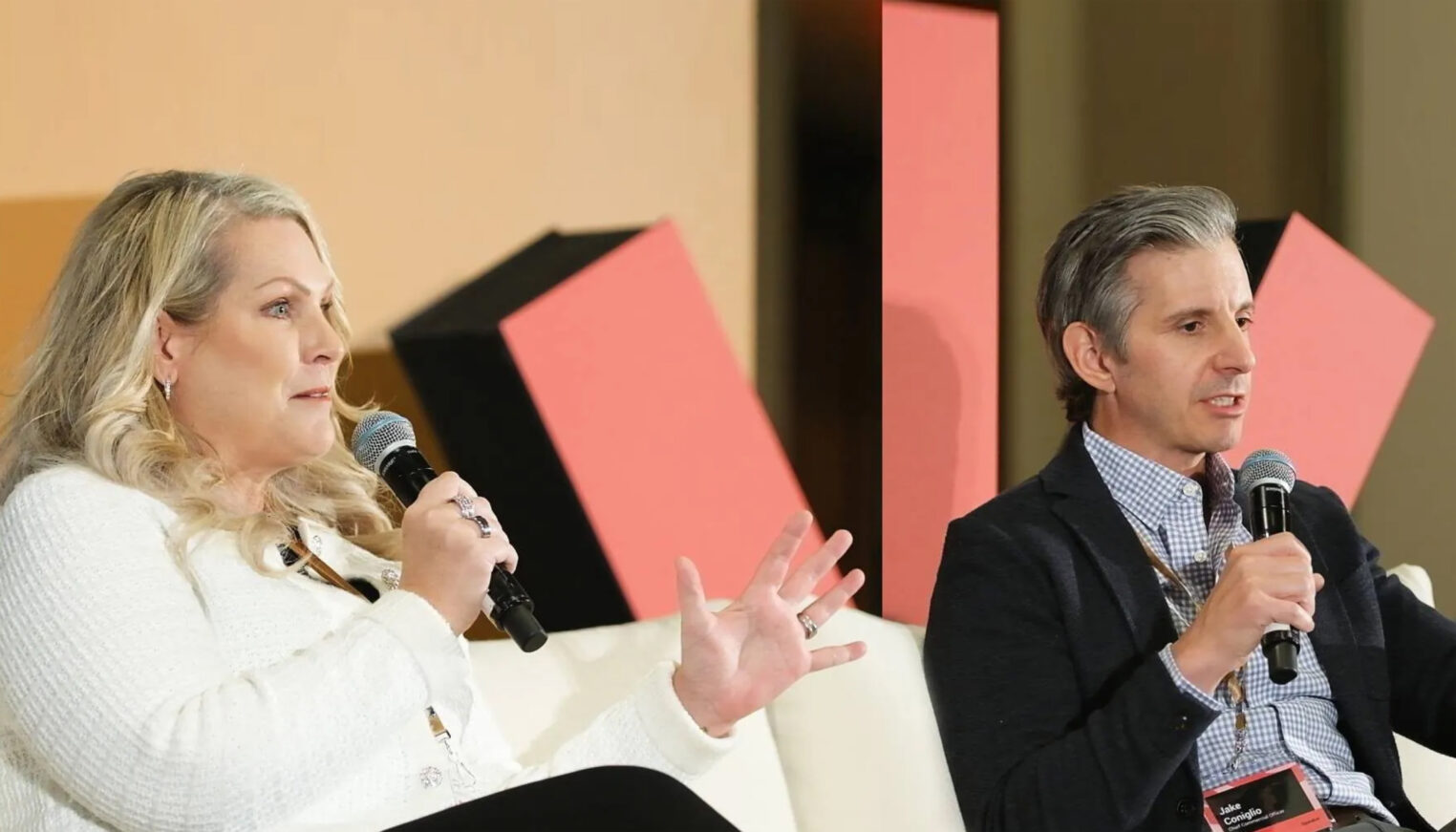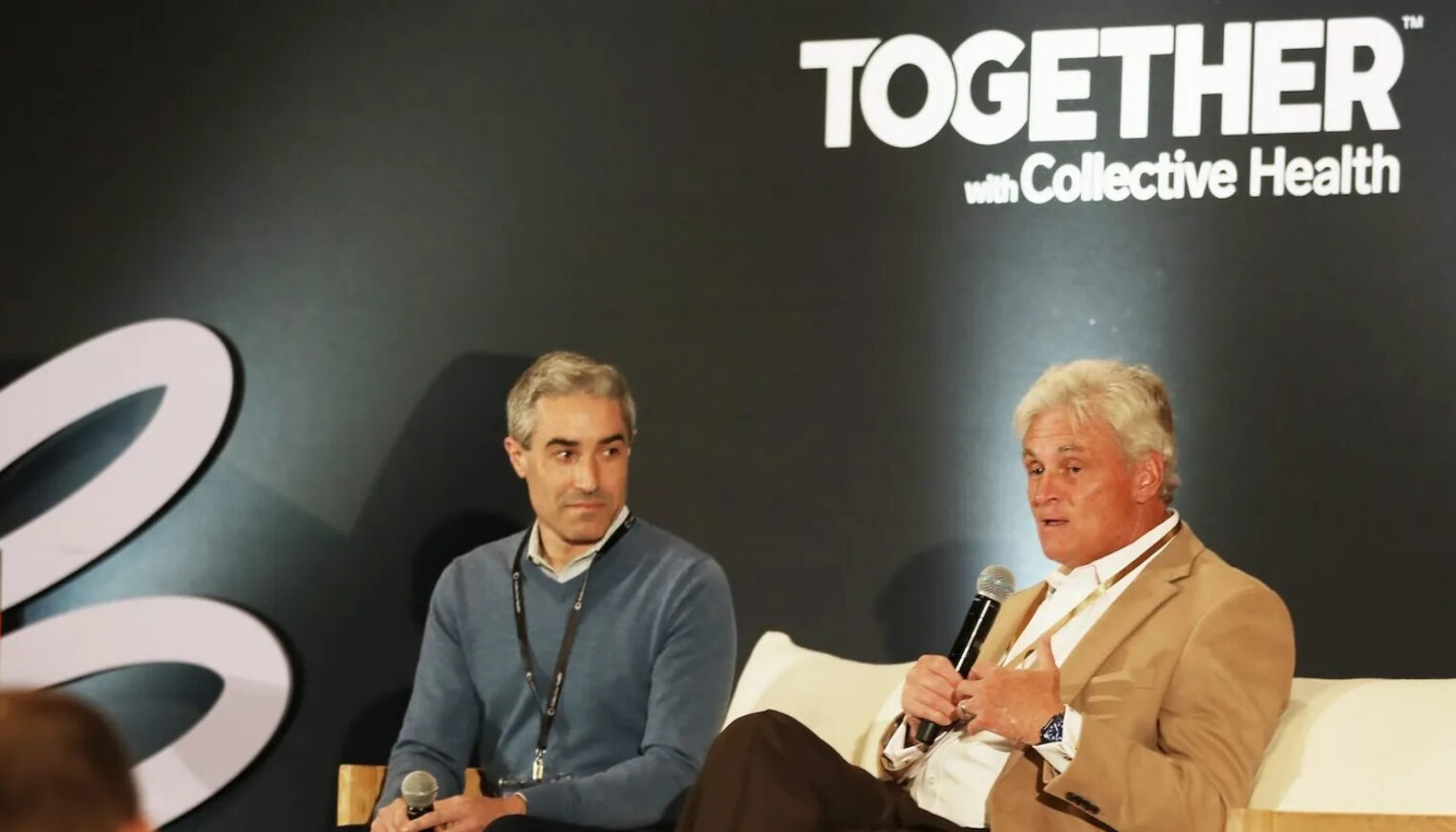At Collective Health, we know creating the healthcare experience we all deserve is not the job of one company. That’s why we spend a lot of time working with, and listening to, some of the most innovative companies and people working in our industry.
This month, we sat down with Lena Cheng, Vice President of Medical Affairs at Doctor On Demand. Lena is an internal medicine-trained physician and digital health expert with more than 15 years of experience in clinical medicine and healthcare strategy.
What problem is Doctor On Demand trying to solve?
Employers today are waging a seemingly unwinnable battle against rising healthcare costs. Too many employees don’t know where to turn when they need healthcare, so they get the wrong care, no care at all, or care that is too expensive. For example, when a child wakes up with a fever, parents often make an expensive trip to the emergency room or urgent care center. For employers with employees scattered across many locations, it is difficult to ensure access to high quality, effective healthcare – no matter where they are. Doctor On Demand is healthcare’s new front door. We offer access to top quality medical professionals regardless of location in an easy-to-use platform.
Doctor On Demand is healthcare’s new front door.
How is Doctor On Demand moving the industry forward?
Doctor On Demand is telemedicine that works. Too many employers have found themselves paying for telemedicine services that employees are not using, leaving the value on the table. Doctor On Demand is a service that employees want to use because we’re not only providing the highest quality experience in an easy-to-use platform, but because we are continuously expanding and improving our service offerings to offer the highest quality of care. For example, we recently added video visits with psychiatrists on to our mental health care offering to offer a wider range of behavioral healthcare treatment options. In addition, we will soon be launching a partnership with CliniCloud, which will allow patients to share their vital signs with their video-visit provider with the help of a connected thermometer and stethoscope.
What makes your team come to work every day?
We come to work every day knowing that we could be creating not just the next generation of telemedicine, but next-generation medicine. We’re excited about telemedicine’s ability to expand access to healthcare for people who need it most.
How do you measure the success of your product?
We address the employee engagement challenge that other telemedicine services run into by working directly with companies to ensure that people engage with the service. The primary key to increasing telemedicine engagement is choosing a solution that customizes engagement plans for each HR customer to achieve awareness, registration and utilization goals – which vary by company. For this reason, customized reporting and analytics are essential to evaluating the effectiveness a telemedicine solution is actually providing. That’s how Doctor On Demand has become the highest-rated telemedicine service by patients, with an average wait time to see a doctor of two minutes
Word on the Street: Tell us your favorite customer success story.
We worked with Union Bank & Trust, a company that had offered telemedicine services to employees in the past but had never seen the results. Its health benefits leaders were frustrated. The service was expensive and utilization was low. Because of that experience, we were able to pique Chad Thies (VP, Human Resources)’s interest with our unique business model – companies do not pay per-employee-per-month but rather by utilization. And we were eventually able to not only win Union Bank & Trust’s business, but immediately show our value. More employees took advantage of the service, and within the first year, leaders at Union could see that they were making a dent in their overall healthcare costs.



